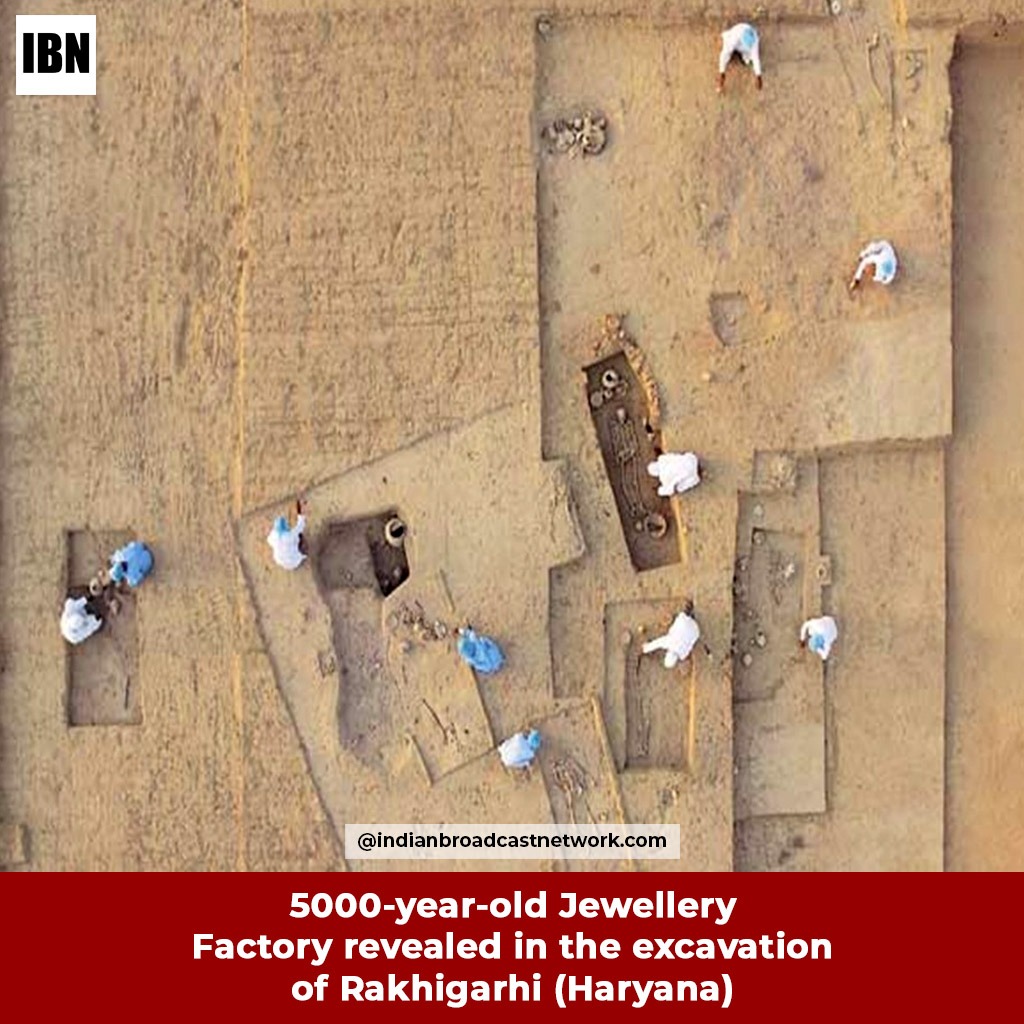By Madhurima Ghosh –
New excavations by Archaeological Survey of India in and around the 7000-year-old planned Harappan city in Rakhigarhi (Haryana), has revealed remains of 5000-year-old factory that supposedly manufactured jewellery.
Rakhigarhi is famous across the world for the Harrapan civilisation and has been classified as the major metropolitan centre of Harappan Culture. It is also the largest archaeological site of the Harappan civilisation and comes under two modern villages Rakhi-Shahpur and Rakhigarhi-Khash.
The remains of the jewellery factory that has been traced during the excavation signifies that trading was also done from the city. The officials of ASI studied the remains of the Harappan culture and got evidence of town planning, including streets, pucca walls and multi-storeyed houses.
According to the officials, better technology was used to build the cities in those times. Their techniques back then are similar to the current techniques that are now used to build big cities like straight streets, drains, dustbins placed at corners of streets etc.
Skeletons of two women were found in the excavation along with jewellery. Also, utensils used by the deceased were buried along with the skeletons. As per Union budget 2020-21 the central government declared Rakhigarhi site as one of the “five iconic sites”.
In 1969, Professor Suraj Bhan found that archaeological remains of Rakhigarhi and settlements are of the nature of the Harappan culture. During an investigation conducted by the ASI and Pune Deccan College, it came to the fore that this place has a cluster township spread across 500 hectares.




